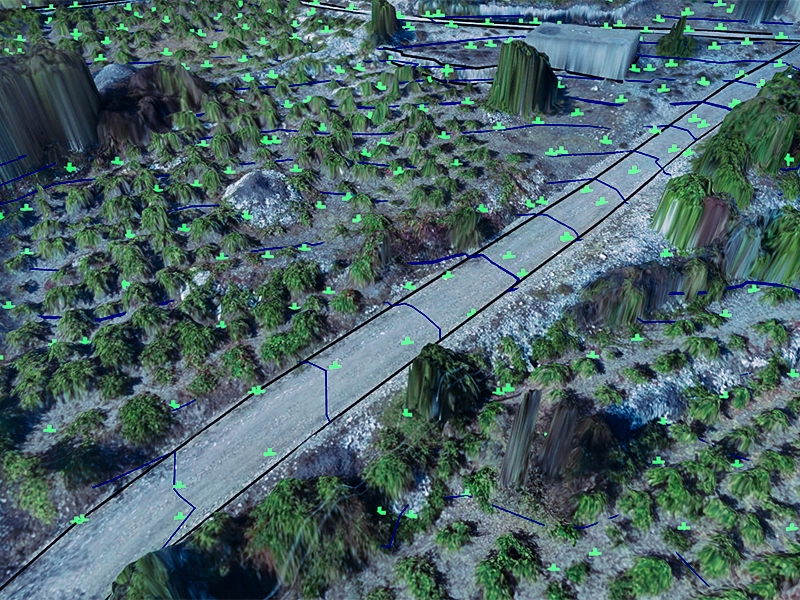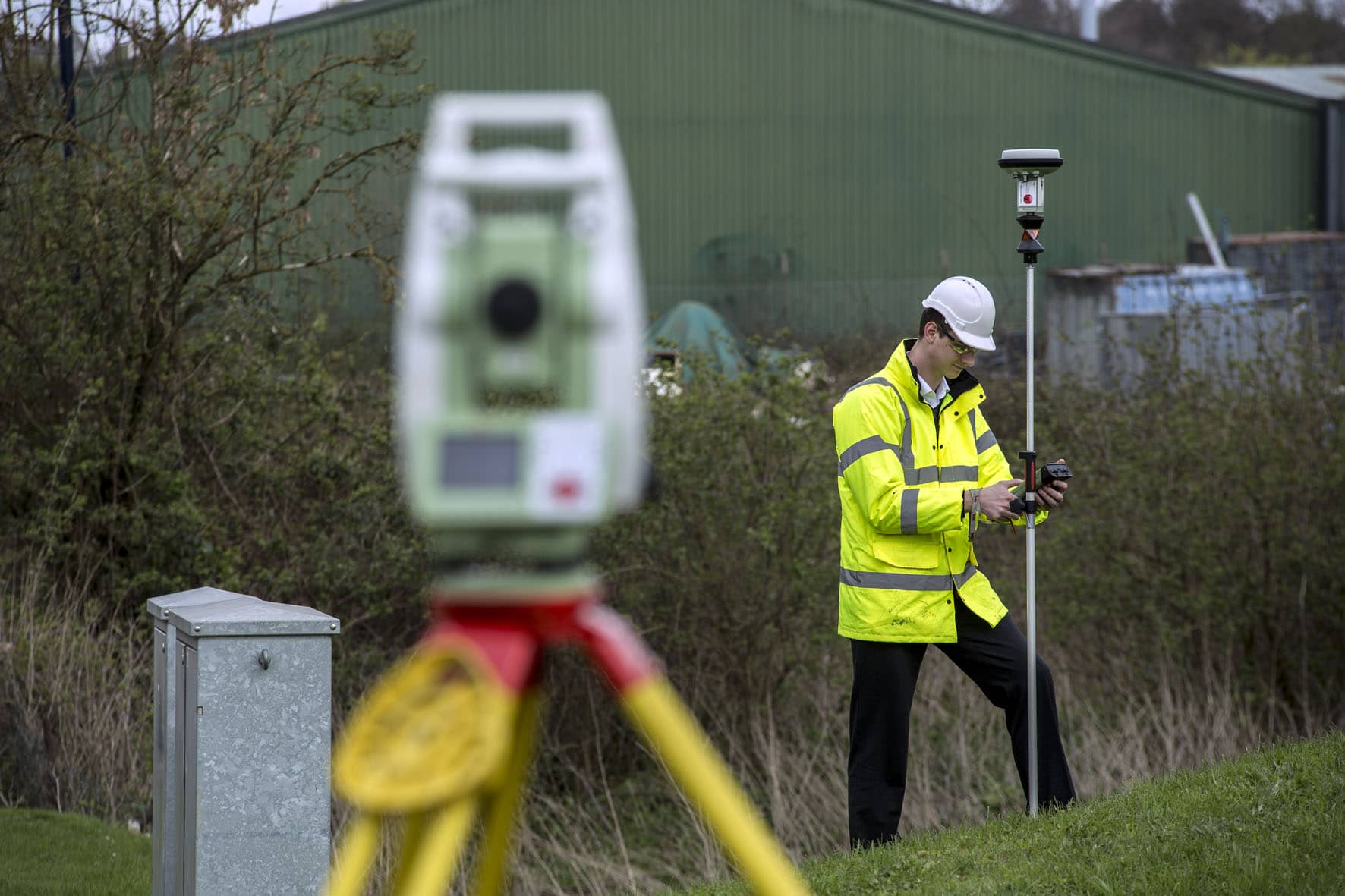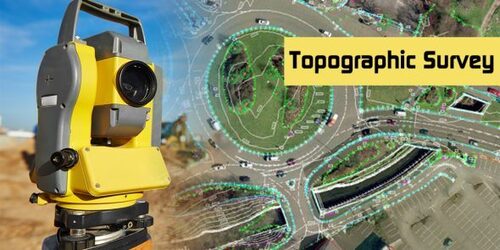The Essential Role of Setting Out Engineering in Modern Construction
Wiki Article
Vital Devices and Techniques in Laying Out Engineering
The technique of setting out engineering depends heavily on a collection of necessary devices and techniques that underpin the precision and performance of job execution. What implications does this hold for future engineering techniques?The Significance of Accurate Measurements

The importance of exact measurements extends beyond simple conformity; they are integral to the general performance of engineering processes. Inaccuracies can lead to worldly waste, project delays, and raised labor expenses, inevitably impacting the job's bottom line. Moreover, exact measurements improve the top quality of the final item, ensuring that it does as meant and fulfills the assumptions of stakeholders - setting out engineering.
Furthermore, the value of exact measurements appears in different design disciplines, including civil, mechanical, and electrical design. Each area demands a distinct strategy to measurement, yet the underlying necessity for accuracy remains constant. As projects become significantly complicated, the dependence on accurate dimensions will just heighten, underscoring the requirement for regular improvements in dimension methods and innovations. Hence, fostering a culture that prioritizes precision is important for the future of design.
Crucial Tools for Laying Out
Establishing out, a vital stage in the engineering and building and construction process, counts heavily on details tools that make certain precise area and alignment of structures. Among these tools, the property surveyor's degree sticks out, giving accurate horizontal dimensions important for establishing referral factors. This tool makes it possible for engineers to identify altitude adjustments and preserve harmony across the project site.
The overall station is another crucial device, integrating digital range measurement with angular measurement abilities. This technology boosts efficiency and accuracy in catching spatial information, enabling efficient website layout and planning.
Additionally, using gauging tapes and marking devices, such as chalk lines or risks, is fundamental for temporarily noting limits and important factors on the website. These standard tools, though simple, are essential for making sure clear interaction amongst the building and construction team concerning project specifications.
Lastly, GPS innovation has actually gotten grip in laying out processes, supplying real-time placing information and dramatically boosting precision over traditional techniques. Collectively, these vital tools form the backbone of effective laying out techniques, eventually contributing to the successful execution of engineering and building and construction tasks.
Advanced Checking Methods
Advanced surveying techniques play a pivotal duty in enhancing the accuracy and efficiency of engineering tasks. These methods include a range of methodologies that offer exact information for design and building and construction. Typical approaches, such as progressing and triangulation, have advanced into more advanced approaches, including Complete Station surveys and International Navigation Satellite Systems (GNSS)Overall Station tools incorporate electronic theodolites with range measurement abilities, allowing surveyors to accumulate accurate area data with great speed. This technology dramatically lowers mistakes associated with manual dimensions and provides real-time data handling. GNSS offers unmatched accuracy for large-scale jobs by utilizing satellite signals to figure out specific positioning, which is important for aligning frameworks and ensuring compliance with layout specs.
Along with these tools, advanced strategies also incorporate geospatial evaluation and 3D modeling. These approaches enable engineers to imagine surface and website problems extra efficiently, assisting in far better decision-making throughout the preparation stage. By utilizing these advanced surveying strategies, engineering jobs can achieve better accuracy in layout, reduce rework, and inevitably boost general project success.
Digital Modern Technology in Engineering
The combination of digital technology has actually reinvented engineering practices, boosting both performance and accuracy throughout different self-controls. Tools such as Building Details Modeling (BIM) facilitate the visualization and management of intricate projects, permitting designers to work together perfectly and make notified choices. This technology makes it possible for the production of comprehensive 3D models, which can be examined for structural honesty and efficiency before building begins.
The application of fabricated knowledge and machine understanding in design procedures even more improves predictive maintenance and optimization of resources. Generally, digital innovation is improving the design landscape, driving technology, and guaranteeing that projects are finished with better performance and reduced threat.
Ideal Practices for Execution
When carrying out electronic innovation in engineering, it is critical to establish a tactical method that lines up with project goals and organizational abilities. A detailed analysis of existing workflows and innovation facilities is vital to identify voids and possibilities for enhancement. Engaging stakeholders early at the same time promotes collaboration and makes sure that the modern technology meets user demands.
Task supervisors need to embrace a repetitive implementation method, permitting adjustments based on real-time feedback and performance analyses. This dexterous approach not just mitigates dangers however likewise advertises continual renovation by including lessons learned.
Conclusion
In final thought, the combination of crucial tools and progressed techniques in setting out design is crucial for making sure accuracy in dimensions and successful task implementation. Utilizing tools such as surveyor's degrees, overall stations, and GPS technology, alongside modern-day surveying methods, enhances accuracy and lowers the probability of errors. Adopting finest techniques in implementation additionally maximizes these processes, inevitably cultivating enhanced job results in the design and construction industries.The self-control of setting out engineering counts greatly on a collection of necessary devices and methods that underpin the precision and efficiency of project implementation.Moreover, the value of precise dimensions is obvious in various design disciplines, including civil, mechanical, and electric design. By utilizing these advanced checking techniques, engineering jobs can accomplish higher accuracy in layout, lower rework, and eventually enhance general job success.
In general, electronic technology is reshaping the design landscape, driving innovation, and making sure that tasks are completed with better performance and reduced threat (setting out engineering).In verdict, the integration of essential tools and advanced methods in setting out design is essential for guaranteeing precision in dimensions and effective job execution
Report this wiki page